Development: Towards a Sustainable, Prosperous, and Fair Society
9 minute read
Updated on: 25 Sep 2021
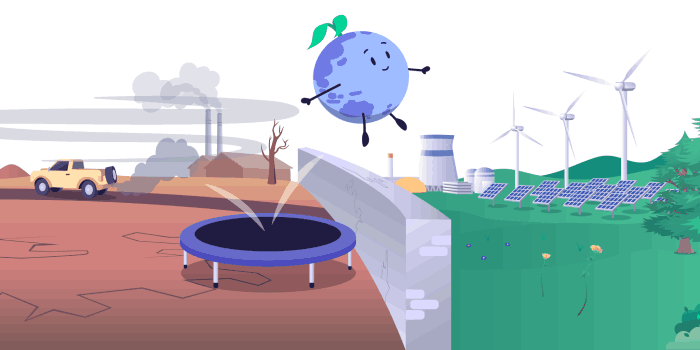
We know that climate change is real and that it’s happening now.
The effects are already being felt today: worse heat waves, floods, cyclones, droughts, and wildfires, happening more often .
Energy is the biggest problem - responsible for 76% of all emissions - but it isn’t the only problem.
What does solving climate change really mean?
There are two different things we need to solve climate change:
- Mitigation
- Adaptation
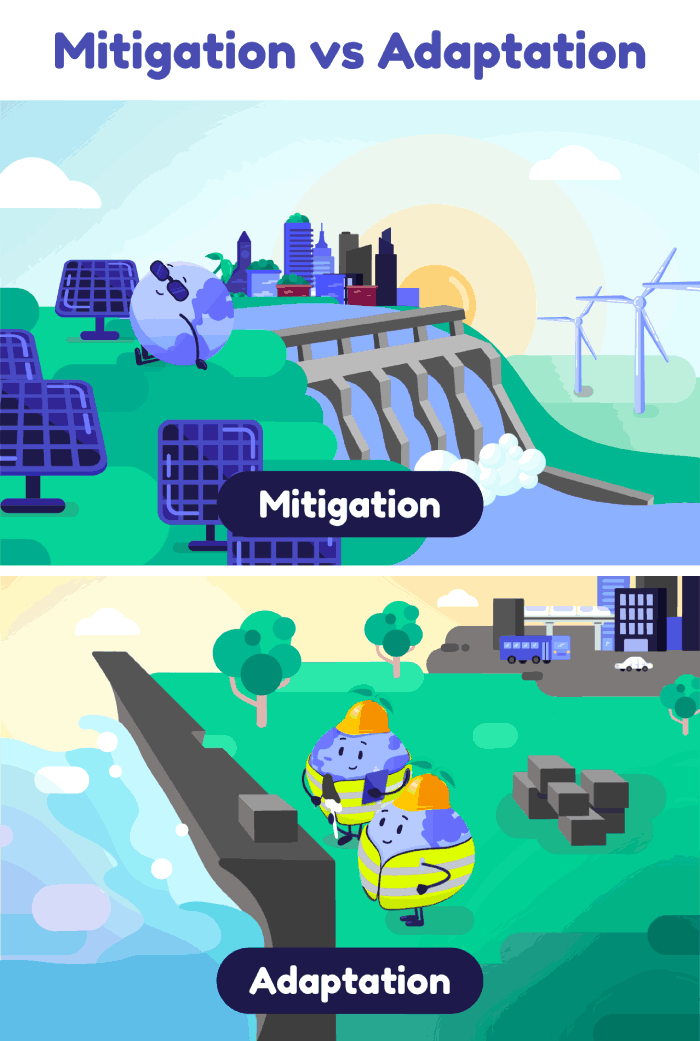
There are two parts to solving climate change
Mitigation is about reducing the cause of the problem. This means emitting fewer greenhouse gases and reducing these gases in the atmosphere .
Sadly, because of gases we have already emitted, global temperatures will continue to rise by a certain amount.
This is where the second part of solving climate change comes in: adaptation.
Adaptation is any action that allows us to continue to meet our basic needs (food, water, health, shelter) by adjusting to climatic changes.
There are lots of ways to adapt to and mitigate climate change. However, these solutions all come with costs. And not all countries can afford them!
There’s already a gap between the amount of money climate change adaptation will cost (in blue) and the amount of money poorer countries have for dealing with it (in orange).
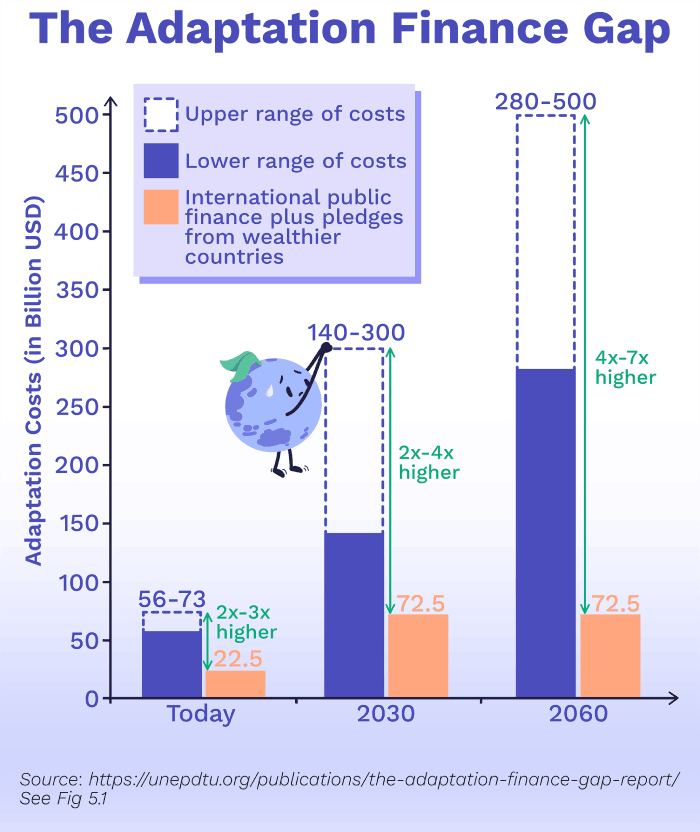
The Adaptation Finance Gap
While everyone plays a role in solving climate change, richer countries are more able to afford the costs of mitigation and adaptation.
These richer countries also tend to be the ones that have contributed most to global emissions, and that have exploited people in poorer countries while developing. Poorer countries have just as much a right as richer countries to continue working toward increasing the overall quality of life of their citizens.
Arguably, this means richer nations have the most responsibility to sort it out.
Is adaptation or mitigation more important?
The better we are at adapting to climate change, the less we’ll feel the bad effects it creates for our society.
However, the less we do to mitigate climate change, the hotter the planet will get. This makes it harder and harder to adapt - like fighting an uphill battle . For this reason, we need both mitigation and adaptation.
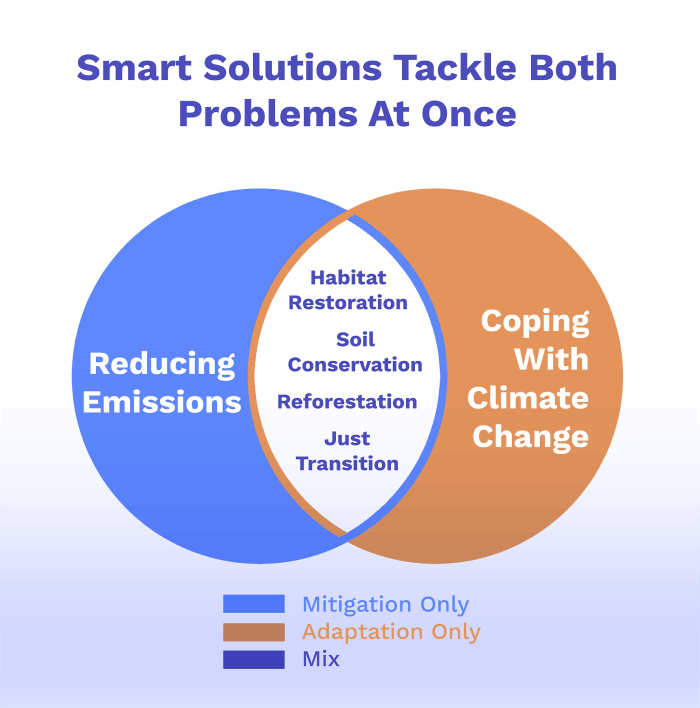
Solutions that can help us adapt to and mitigate climate change
Emissions apart from energy: Let’s start with farming
Humans eat a lot of food. To grow it all, we rely on farming - and this is a major contributor to climate change.
As well as taking up half of Earth’s livable land, farming often releases a lot of greenhouse gases, damages surrounding nature, causes deforestation and accounts for 70% of global freshwater use.
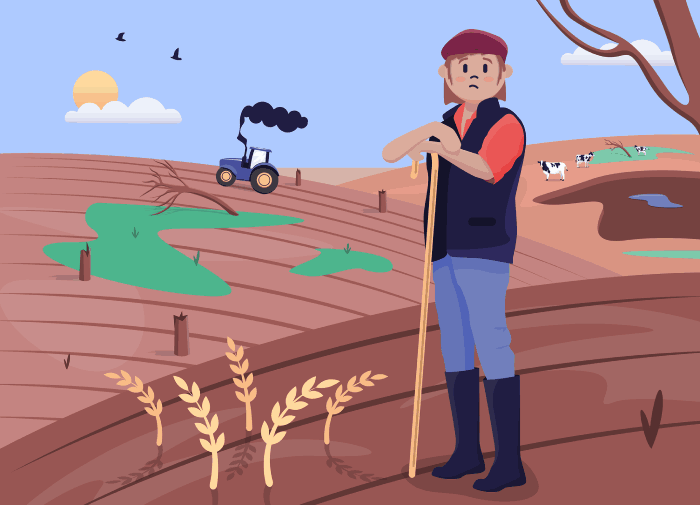
Farming has a lot of negative impacts
But there are three key solutions to all of these problems. No single one will work on its own, but together they could make a sustainable food system. They are :
- Changing demand (which types of food and how much we buy)
- Better farming practices, AND
- Reducing food waste
Changing demand matters because some types of food are much better for the environment than others - so we should eat more of these ! Even then, we also need better farming practices to reduce the impact of farming.
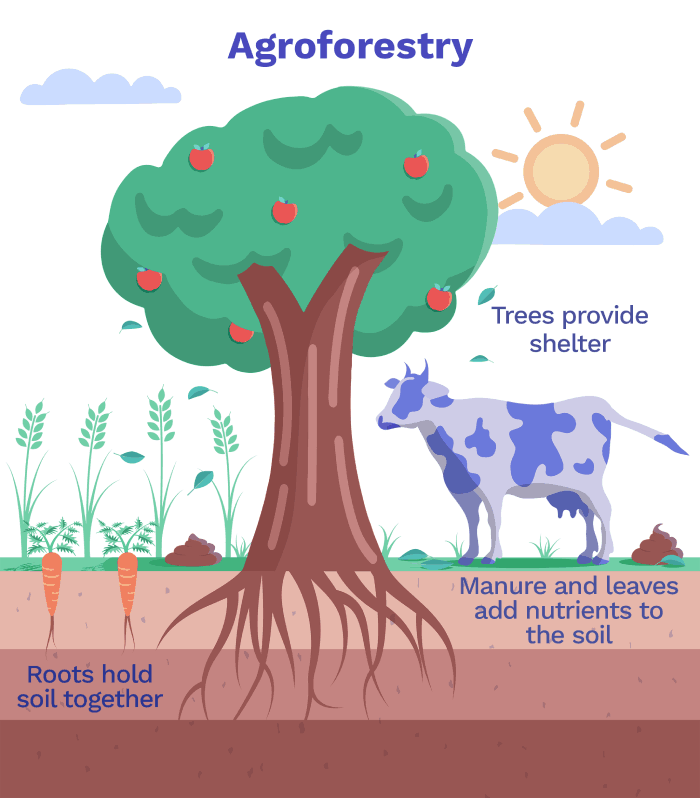
Agroforestry is a more sustainable method of farming
One example is agroforestry, where crops or animals are grown together with trees on the same land. The trees themselves store carbon in their wood
. What’s more, the trees increase soil quality and so also increase its ability to absorb CO₂ from the atmosphere
. And this is just one of many other solutions out there
.
30% of all the food we make gets wasted every single year - and that’s not the only waste problem we have.
What happens to our waste?
Human society has a tendency to extract, use and dispose. Because of this, around 3.2% of global emissions are a direct result of our waste. These emissions come from landfills and wastewater, where microbes produce gases such as methane from decaying things.
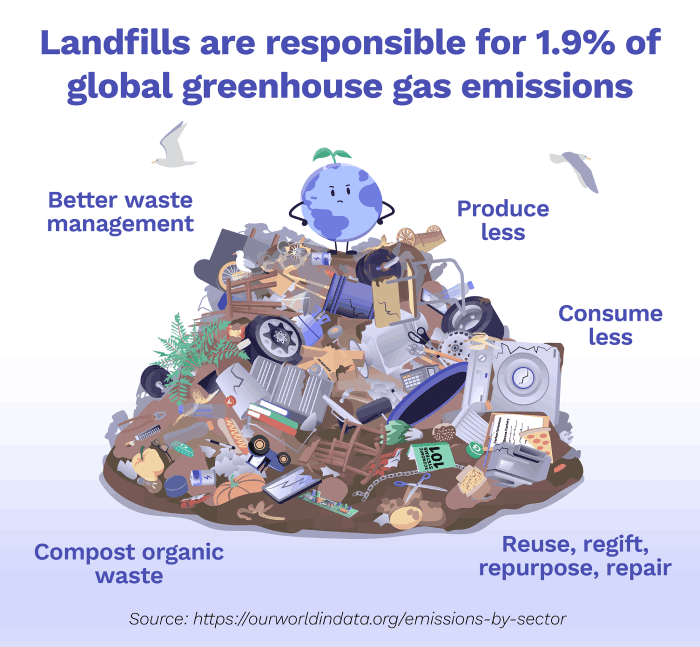
Several ways to reduce emissions from waste
Simple solutions like composting and better waste management systems can have a huge effect, but depends on how it’s done. If compost replaces peat fertilizer on farms it saves a lot of emissions; but some compositing can increase emissions too…
.
The best solution is to produce and consume less. This can be by buying only what you truly need and trying to Reuse, Regift, Repurpose and Repair before even thinking about Recycling
.
Steel, Cement, Chemicals, and Textiles. Not so attractive but still important!
Some of these industries are easier to get rid of emissions from than others. For example, producing steel with hydrogen would release almost no emissions whatsoever (as long as the hydrogen was made using renewable energy). This is important because currently an average of 1.9 tonnes of CO₂ are emitted for every tonne of steel produced
.
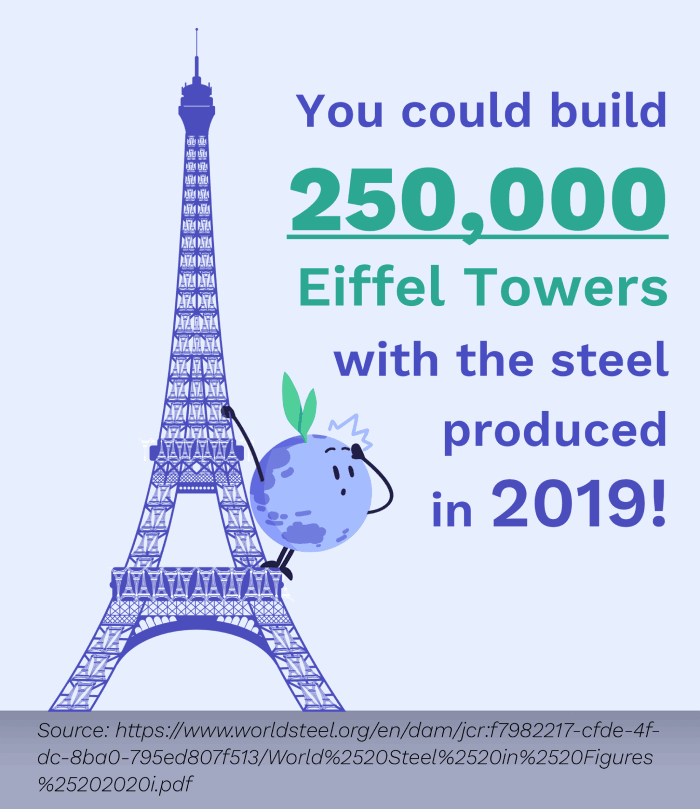
The steel industry is massive
Some other industries are much harder to get to zero emissions. For example, cement production relies on a chemical process that itself releases carbon dioxide. In industries like this, we need big ideas to find solutions that work and reduce emissions.
These solutions may seem a bit abstract to you. You may be thinking “How am I ever going to contribute to this?” This is where personal action comes into play.
Does personal action matter?
Something that the news in rich countries focuses on is that individuals need to make changes to the way they live, and how much they consume.
One of the best ways you can have a big impact is by using your career to tackle climate change . For example, you could research low-carbon energy, work on sustainable farming methods - or even solve the cement problem (that’s a difficult one).
Alternatively, you could work in politics to bridge the gap between science and policy . If you already have a set career, you can work to make your sector as planet-friendly as possible
.
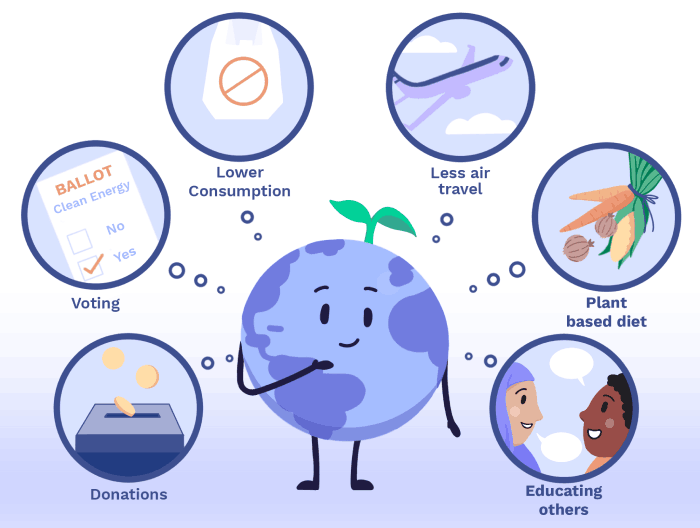
Individuals can take lots of actions
Individual jobs make a big difference . However, lots of people can and should make changes to how they live
. This often only has a small effect on its own, but together can make a difference
. The more someone currently consumes, the more ability they have to reduce that consumption
. For more information on how to reduce your individual emissions see our Personal Action course!
Conclusion
Overall, climate change will require everyone to do their part. We will need governments, NGOs, scientists, activists, educators, companies, and everyday citizens if we want to really stop and adapt to climate change. We know this is possible and we are working hard to make this happen. What will you do to help?
Go to quiz!